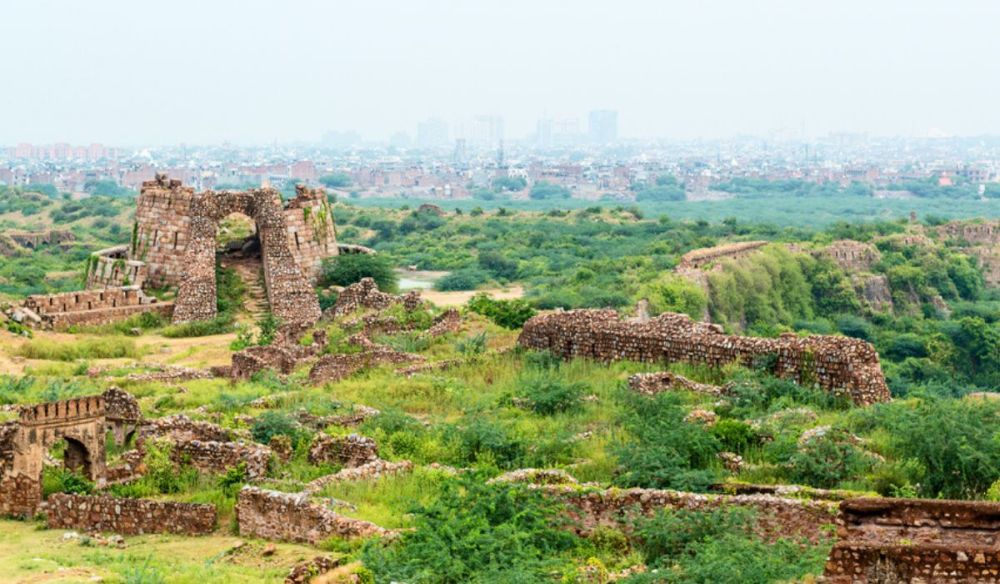

Built by the founder of the Tughlaq dynasty, Ghiyas-ud-din Tughlaq in 1321, the Tughlaqabad Fort was once a symbol of the might of Delhi Sultanate. Spanning across 6.5 km, with its massive battlements, ramparts, and imposing gates, the fort was designed to assert the power of the Sultan and protect the city from the Mongol invasions. However, legend has it that the fort was cursed by the Sufi saint, Nizamuddin Auliya, leading to its rapid decline and eventual abandonment.
During the British colonial rule in India, Tughlaqabad Fort garnered interest among historians and tourists. The narratives of colonial officers and historians such as Alexander Cunningham, detailed the fort's grandeur, arousing curiosity among the educated elite and foreign visitors. However, it wasn't until India's independence that tourism began to flourish broadly. In the following years, the fort became a stop for those interested in Delhi's rich history and architecture.
In recent years, the tourism industry in India has seen a significant shift with a growing emphasis on heritage and cultural tourism. Tughlaqabad Fort, as an integral part of the Delhi Sultanate's history, has seen a resurgence in visitor numbers. Moreover, the Indian government and the Archaeological Survey of India (ASI) have begun to emphasize the importance of such heritage sites for cultural awareness and education.
Digital platforms and social media have played a massive role in driving tourism trends. Virtual tours, historical documentaries, and travel blogs have amplified the reach of many lesser-known tourist sites, including the Tughlaqabad Fort. These resources have made it easier for potential tourists to learn about the fort's storied past and visualize its grandeur from afar.
The Indian government has taken considerable steps to ensure the preservation and accessibility of Tughlaqabad Fort. Initiatives like the 'Adopt a Heritage' scheme encourage public-private partnerships to maintain and enhance visitor experience at historical sites. The increased ease of access and improved facilities at the fort have considerably boosted local and international tourism.
There has also been a rising trend towards sustainable tourism, where the focus is on minimizing impact while enhancing the tourist's experience. Efforts are underway to maintain the ecological balance while ensuring that tourism does not detrimentally affect the fort's structural integrity or its surroundings.
The Tughlaqabad Fort remains a significant attraction for those interested in Delhi's historical and architectural marvels. While the fort once stood as a defensive bulwark, it now invites people from across the world to delve into its past, to learn and to be inspired. As tourism trends evolve, Tughlaqabad Fort continues to witness renewed interest, combining the allure of ancient history with the modern-day quest for knowledge and exploration.